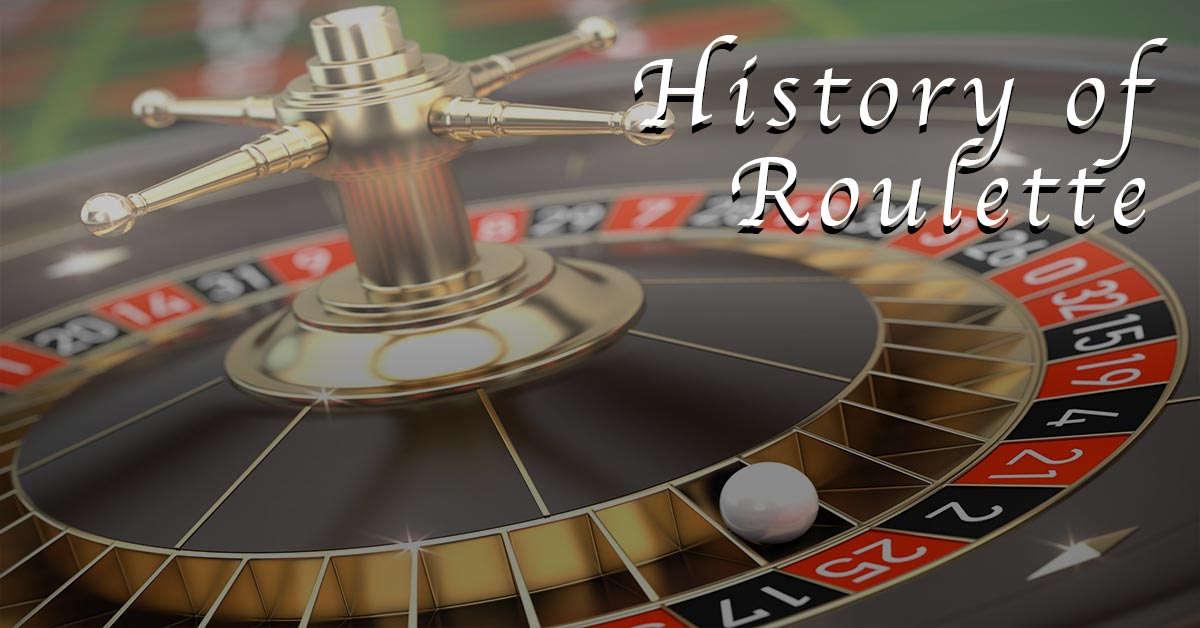Is there any other game that makes you think of classic casinos like roulette? Yet, the origins of it aren’t so easy to trace, considering that there are several contradictory theories on how it began and evolved into the game it is today.
So, in a bid to uncover the history of roulette, we’re going to be taking a look into some of these origin stories and providing you with the details. Let’s find out about the history of roulette.
Back to the Beginning
It’s a common belief of many people that the earliest form of roulette came about in France during the 17th century.
Blaise Pascal, a French mathematician and inventor, is often credited for creating the first roulette wheel. In the 1650s, Pascal set about trying to develop a perpetual motion machine – something that continues moving without the requirement of an external source. His designs and inventions failed, and instead, some people believe he created the roulette wheel by accident during the process.
However, if we take the game of roulette as it is played now, this can be traced back to around 1796. Roulette actually means “little wheel” in French, and the novel La Roulette, ou le Jour by Jaques Lablee describes seeing such a game in Paris at this time.
While there’s an earlier reference to a game called roulette being banned in New France (Québec) in 1758, there’s not enough evidence to confirm if it’s referring to the same game.
Originally, the roulette wheels in Paris featured a single zero colored red and a double zero in black. To make these numbers stand out, they were painted green in the early 1800s.
European Roulette Takes Off
It wasn’t until 1843 that two Frenchmen – brothers François and Louis Blanc – had the idea to remove the double zero. Their decision took effect while in the German town of Bad Homburg, but soon spread across Germany’s casinos. However, Germany would go on to abolish gambling in the 1860s, following in the footsteps of France, which had made gambling illegal a couple decades earlier.
The game was a hit in Monaco, becoming Monte Carlo’s most-popular game. It would be exported from there to other locations around the world.
The US Sticks with Two Zeroes
American roulette has always been a different variation to the European offering. The earliest forms of American Roulette featured a wheel with numbers 1-28, a single zero slot, a double zero, and an extra house slot featuring a Bald Eagle. This increased the house edge to 12.9%, and it saw many people turn away from playing the game due to their disbelief in being able to win.
A revision was needed, and the eagle symbol was removed, but American roulette retained both its zero slots. This saw it spread up the Mississippi via riverboat casinos and onwards throughout the country. Over time, another 10 slots were added, and now Americans play the double zeroes and 38-slot wheels throughout the country, even though they’re more likely to win with single zeros.
Throughout the Years to the Online World
Since the late 1800s, roulette has basically stayed the same. However, as gambling was outlawed in many places through the 20th century, the only highly notable locations for accessing the game were Monaco and Las Vegas.
Then came the 1990s and the Internet gave us the first ever online casino. These included various types of casino games, from slots and video poker to blackjack and, of course, roulette. As online gambling became more popular, players from Europe were able to indulge in American roulette and vice versa.

 MENU
MENU











